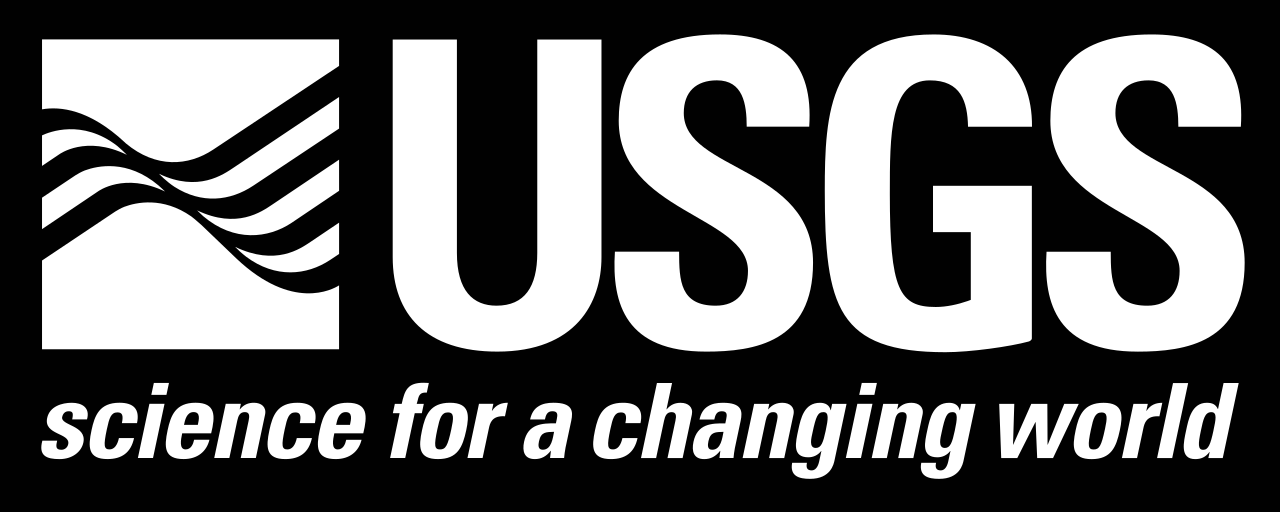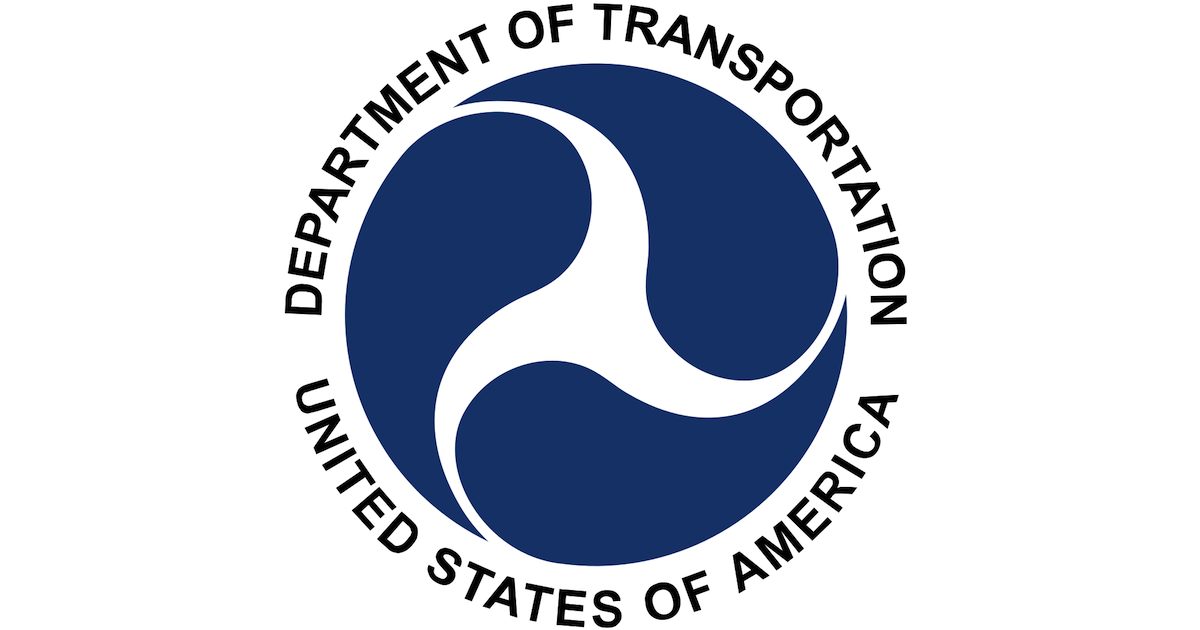Great Lakes Essential Resources: Government Information
The United States Government plays a critical role in the continued preservation of the Great Lakes system This includes monitoring water quality, passing legislation related to the Great Lakes, protecting fish and wildlife of the region, and much more. Numerous government agencies are responsible for the vast number of publications about the water, land, flora, fauna and peoples around the lakes.
Resources are organized by department/agency and include reports, public databases, datasets and listing of select reference works. Also included is a select list of Canadian Government publications. Additional pages off the Government Information tab provide a legislative overview of the Great Lakes and state government resources.
Jump to a government agency or organization:
EPA | NOAA | USGS | Fish & Wildlife Service | Dept. of Transportation | Army Corps of Engineers | National Parks | NASA | Collaborations
Environmental Protection Agency (EPA)
The United States Environmental Protection Agency provides facts and data on the Great Lakes system, including information on the health environmental issues, governmental funding and partner organizations.
Pursuant to the Great Lakes Water Quality Agreement, Canada and the United States, together with their many partners, have established a suite of 9 indicators of ecosystem health to assess the state of the Great Lakes. The EPA and Canadian government release the annual State of the Great Lakes.
See also the EPA's Great Lakes Biology Monitoring Program and Great Lakes Environmental Database – GLENDA.
Resource Highlights
USGS Great Lakes Science Center

The Great Lakes Science Center is a part of the Midwest region of the United State Geological Survey (USGS), which is the sole science agency for the Department of the Interior. The USGS was formed by an act of Congress in 1879. The Great Lakes Science Center's mission is to "meet the nation’s need for scientific information used by resource managers to restore, enhance, manage, and protect the living resources and habitats in the Great Lakes basin."
U.S Fish & Wildlife Service

The U.S. Fish and Wildlife Service is the premier government agency dedicated to the conservation, protection, and enhancement of fish, wildlife and plants, and their habitats. The Lower Great Lakes Fish & Wildlife Conservation Office's mission is conserving and restoring healthy populations of native fish and other aquatic species, and protecting the lakes, rivers, wetlands and estuaries where they live.
Department of Transportation

"Saint Lawrence Seaway Development Corporation is a wholly owned government corporation created by statute May 13, 1954, to construct, operate and maintain that part of the St. Lawrence Seaway between the Port of Montreal and Lake Erie, within the territorial limits of the United States. Trade development functions aim to enhance Great Lakes/St. Lawrence Seaway System utilization without respect to territorial or geographic limits."
U.S. Army Corps of Engineers

Check out the Army Corps of Engineers' Great Lakes Information page for current data and news.
Great Lakes Update
Published first as the Great Lakes Levels Update, then simplified as Great Lakes Update.
-
Great Lakes UpdateUS Army Corps of Engineers, North Central Division
-
Great Lakes LevelsUS Army Corps of Engineers, North Central Division.
National Parks
The Great Lakes region contains 7 national parks, lakeshores, monuments, and memorials.
-
Parks by StateList of National Parks around the Great Lakes by state.
The National Aeronautics and Space Administration (NASA)
The National Aeronautics and Space Administration (NASA) is America’s civil space program and the global leader in space exploration. The Earth Observatory’s mission is to share with the public the images, stories, and discoveries about the environment, Earth systems, and climate that emerge from NASA research, including its satellite missions, in-the-field research, and models.
-
Earth Observatory: Great Lakes ImagesUse the map to navigate around the Great Lakes region or search for a specific lake or natural formation (e.g. ice, algae, etc.).
Collaborative Efforts

The Great Lakes Restoration Initiative
"The Great Lakes Restoration Initiative accelerates efforts to protect and restore the largest system of fresh surface water in the world – the Great Lakes. Built upon the foundation of the Great Lakes Regional Collaboration Strategy, GLRI answered a challenge of the governors of the Great Lakes states. Since 2010 the multi-agency GLRI has provided funding to 16 federal organizations to strategically target the biggest threats to the Great Lakes ecosystem and to accelerate progress toward achieving long term goals."
-
Great Lakes RestorationRelates to EPA, Fish & Wildlife
International Joint Commission
Canada and the United States created the International Joint Commission because they recognized that each country is affected by the other's actions in lake and river systems along the border. The two countries cooperate to manage these waters and to protect them for the benefit of today's citizens and future generations.
The IJC is guided by the Boundary Waters Treaty, signed by Canada and the United States in 1909. The treaty provides general principles, rather than detailed prescriptions, for preventing and resolving disputes over waters shared between the two countries and for settling other transboundary issues. The specific application of these principles is decided on a case-by-case basis.
-
IJC PublicationsFrom the IJC Library. Search for publications or find maps, meeting minutes, magazines and more.
Searching for Great Lakes Government Documents
Government information includes publications, videos, data, technical reports, and maps that have been published by a government agency.
Try conducting general searches on "Great Lakes" or using a specific lake (Lake Superior, Lake Huron, Lake Michigan, Lake Erie, Lake Ontario)
Limit by author (including government agencies), year, etc.
Public Databases
-
Catalog of Government Publications(U.S. Government Printing Office) A catalog of U.S. government publications issued primarily since 1976.
-
HathiTrust Digital Library This link opens in a new windowA digital repository of online books and other scholarly materials. More InfoPartial Full-Text PUBLIC
-
National Service Center for Environmental PublicationsSearch EPA publication collection.
-
USGS Great Lakes Science Center PublicationsBrowse and search USGS publications by type, year and topic back to 1921.
Canadian Resources

-
Great Lakes protectionCanadian priorities, partnerships, programs and actions for protecting the waters of the Great Lakes. Resources include publications, videos, maps and more.
-
Great Lakes Forestry CentreThe Great Lakes Forestry Centre (GLFC) is one of five research centres within the Canadian Forest Service. Browse and search for publications.
-
Canada-Ontario Agreement on Great Lakes Water Quality and Ecosystem Health"The Canada-Ontario Agreement on Great Lakes Water Quality and Ecosystem Health is the federal-provincial agreement that supports the restoration and protection of the Great Lakes basin ecosystem."
-
Ontario: Great Lakes and watershedsLearn about how Ontario protects the Great Lakes and watersheds to keep these vital waterways and ecosystems clean and healthy.





